Trip of the week: a Japanese city opens to the world again
Nagasaki, on the relatively lush and balmy island of Kyushu, has been almost entirely rebuilt since 1945
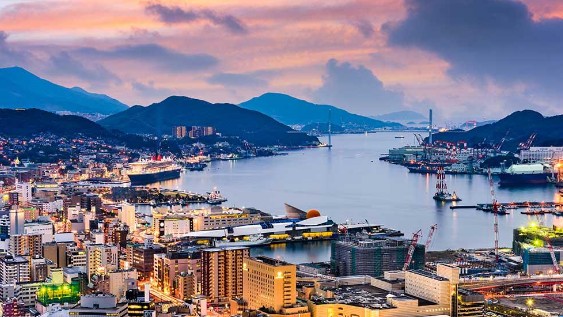
Nagasaki was the only part of Japan open to outsiders for centuries during the early modern age, says Jamie Lafferty in The Times. Almost entirely rebuilt after the War, it sits on a great natural harbour near the country’s southwestern tip, surrounded by forested mountains, on the relatively lush and balmy island of Kyushu.
It is a long way from Japan’s main tourist attractions, but Nagasaki is easy enough to include in a broader tour of the country, which is slowly reopening to tourists following the pandemic.
The memory of the atomic bomb that exploded over the city on 9 August 1945 is ever-present for visitors and residents alike. The Atomic Bomb Museum focuses on the “minutiae” of that terrible day, with “profound” testimony from witnesses; and the Nagasaki Peace Park is intended for “contemplation and mourning”.
The Week
Escape your echo chamber. Get the facts behind the news, plus analysis from multiple perspectives.

Sign up for The Week's Free Newsletters
From our morning news briefing to a weekly Good News Newsletter, get the best of The Week delivered directly to your inbox.
From our morning news briefing to a weekly Good News Newsletter, get the best of The Week delivered directly to your inbox.
But the city that rose from the ashes is a vibrant place nonetheless, and there’s much else to learn about its history. Nagasaki’s first major encounter with outsiders ended badly, with the crucifixion of 26 Portuguese missionaries in the late 16th century. But while foreigners were banned from the rest of Japan until 1875, Nagasaki remained open to Dutch and Chinese traders. The houses in which they lived in the Dejima district have been reconstructed in great detail, and feature a unique mixture of Japanese architecture and foreign furniture.
The city’s cuisine is a fascinating mix of Japanese and foreign influences. Indeed, its quintessential dessert, a sponge cake called Castella, was introduced by the unfortunate Portuguese five centuries ago. And there’s much to see nearby, including the abandoned mining island of Hashima, which will be familiar to some as the villain’s lair in the 2012 Bond film Skyfall. With its mangled postwar architecture, it is a weird and otherworldly place.
Inside Japan has a 13-night tour, including Nagasaki, from £2,660pp, excluding flights
A free daily email with the biggest news stories of the day – and the best features from TheWeek.com
-
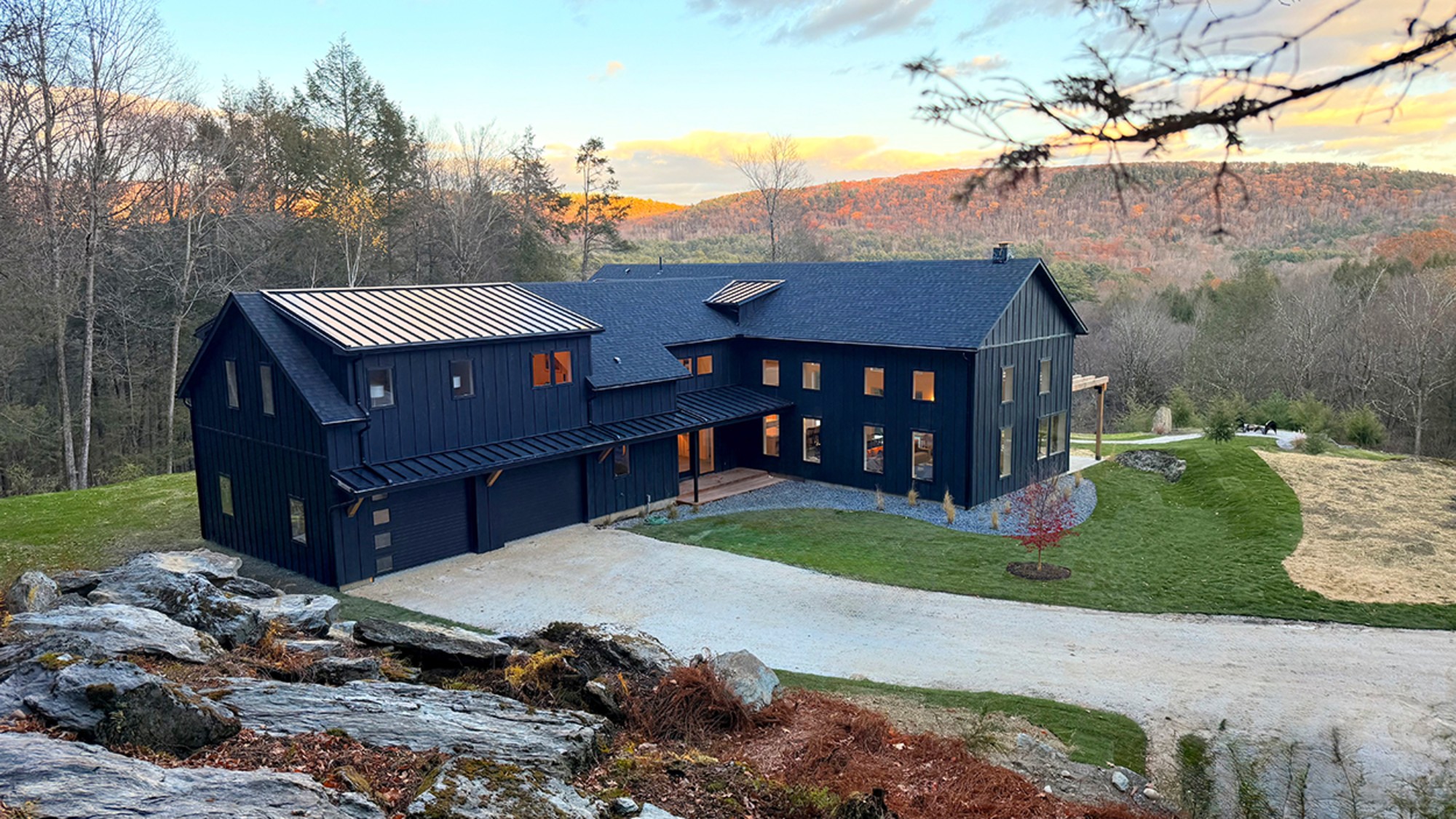 Homes with great fireplaces
Homes with great fireplacesFeature Featuring a suspended fireplace in Washington and two-sided Parisian fireplace in Florida
-
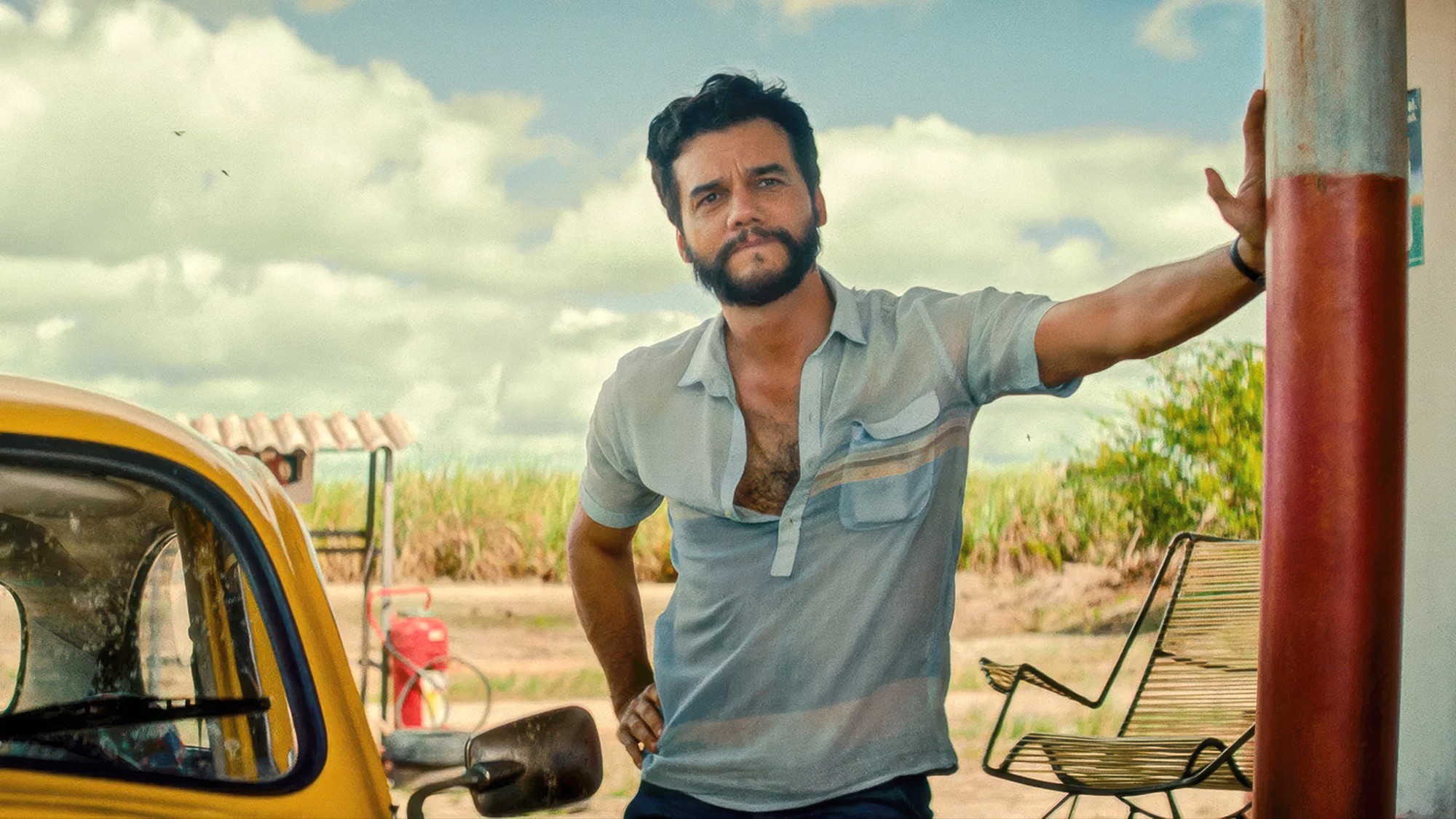 Film reviews: ‘The Secret Agent’ and ‘Zootopia 2’
Film reviews: ‘The Secret Agent’ and ‘Zootopia 2’Feature A Brazilian man living in a brutal era seeks answers and survival and Judy and Nick fight again for animal justice
-
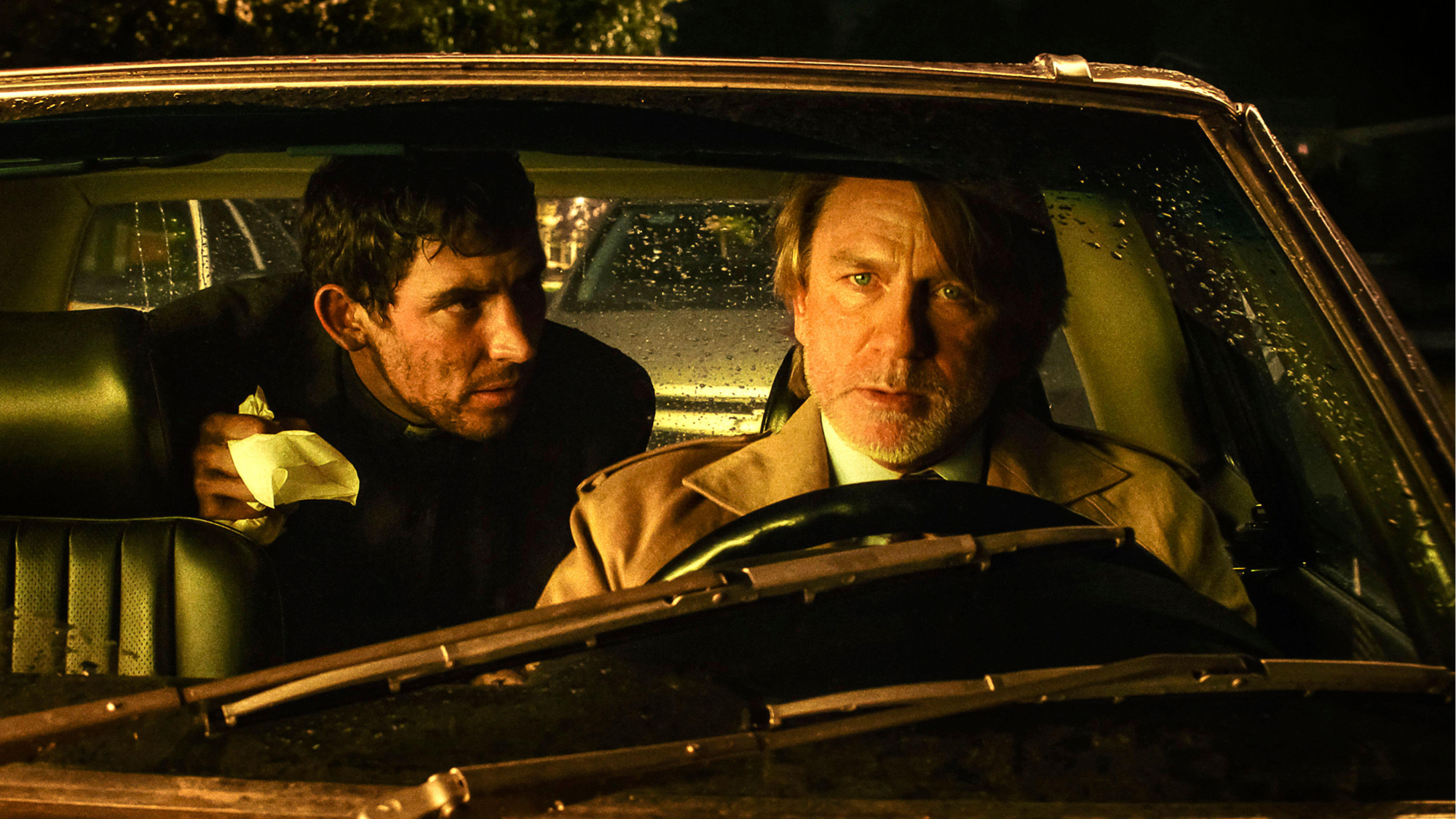 Wake Up Dead Man: ‘arch and witty’ Knives Out sequel
Wake Up Dead Man: ‘arch and witty’ Knives Out sequelThe Week Recommends Daniel Craig returns for the ‘excellent’ third instalment of the murder mystery film series
-
 Zootropolis 2: a ‘perky and amusing’ movie
Zootropolis 2: a ‘perky and amusing’ movieThe Week Recommends The talking animals return in a family-friendly sequel
-
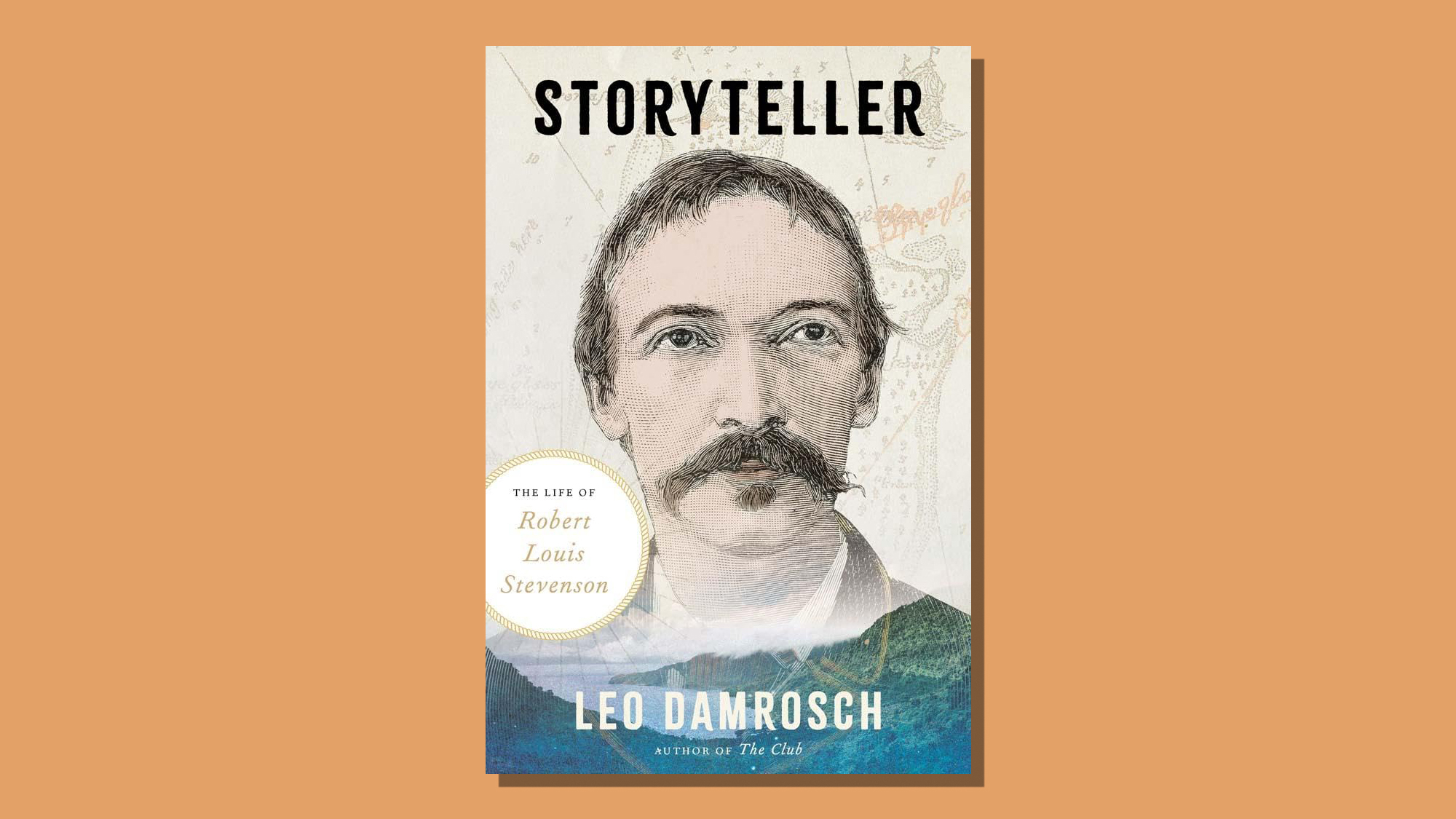 Storyteller: a ‘fitting tribute’ to Robert Louis Stevenson
Storyteller: a ‘fitting tribute’ to Robert Louis StevensonThe Week Recommends Leo Damrosch’s ‘valuable’ biography of the man behind Treasure Island
-
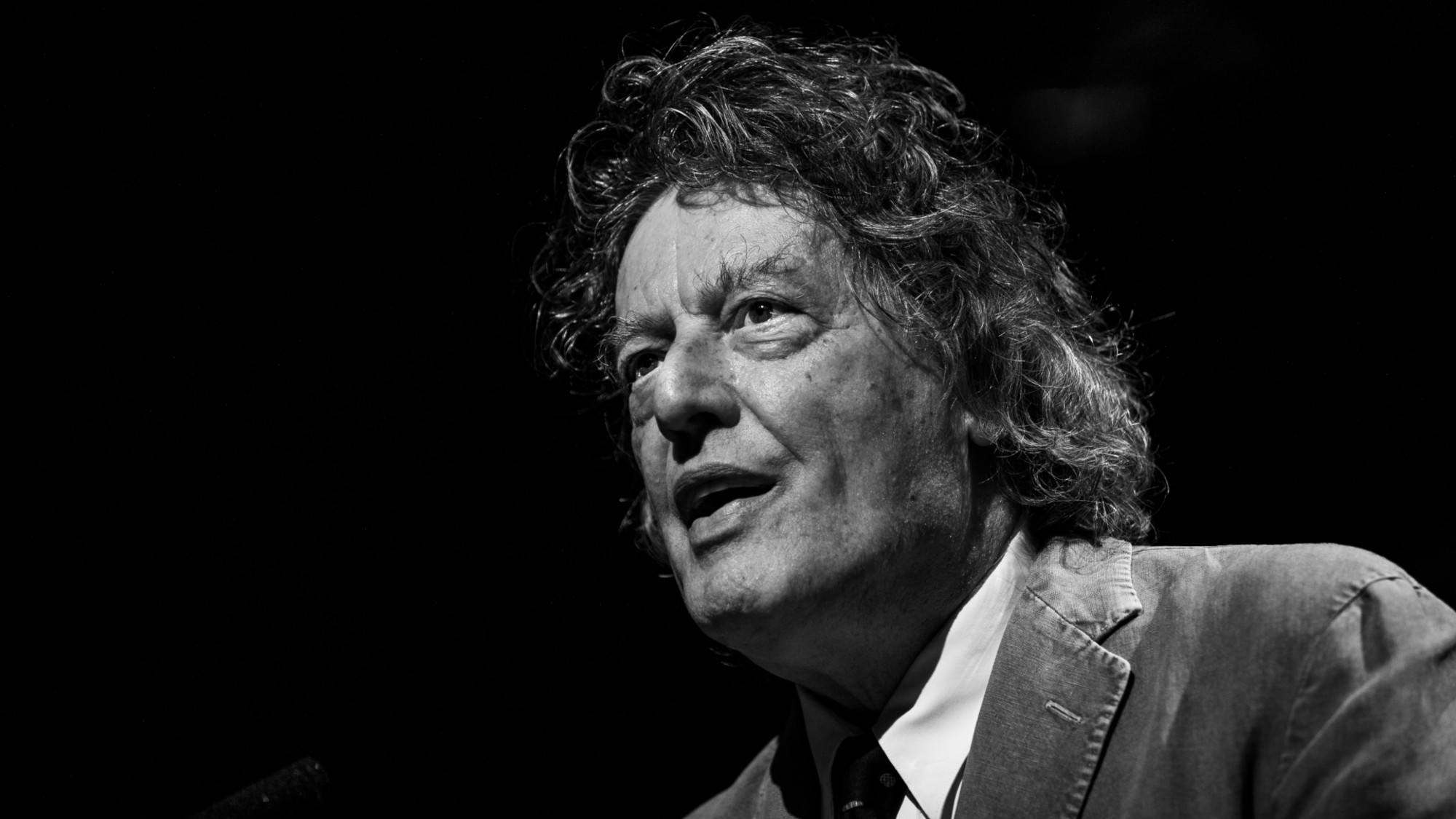 The rapid-fire brilliance of Tom Stoppard
The rapid-fire brilliance of Tom StoppardIn the Spotlight The 88-year-old was a playwright of dazzling wit and complex ideas
-
 ‘Mexico: A 500-Year History’ by Paul Gillingham and ‘When Caesar Was King: How Sid Caesar Reinvented American Comedy’ by David Margolick
‘Mexico: A 500-Year History’ by Paul Gillingham and ‘When Caesar Was King: How Sid Caesar Reinvented American Comedy’ by David Margolickfeature A chronicle of Mexico’s shifts in power and how Sid Caesar shaped the early days of television
-
 Homes by renowned architects
Homes by renowned architectsFeature Featuring a Leonard Willeke Tudor Revival in Detroit and modern John Storyk design in Woodstock


